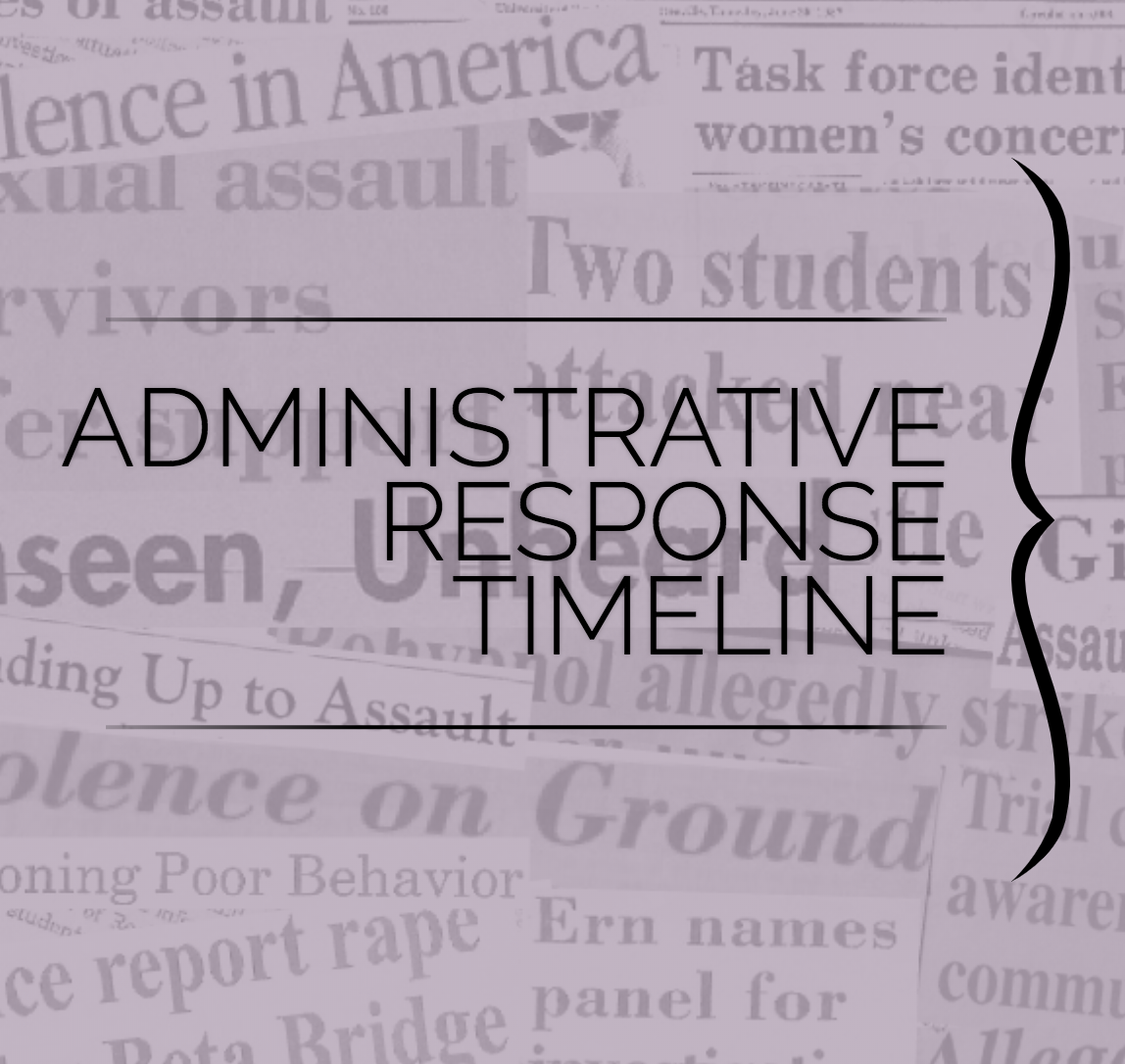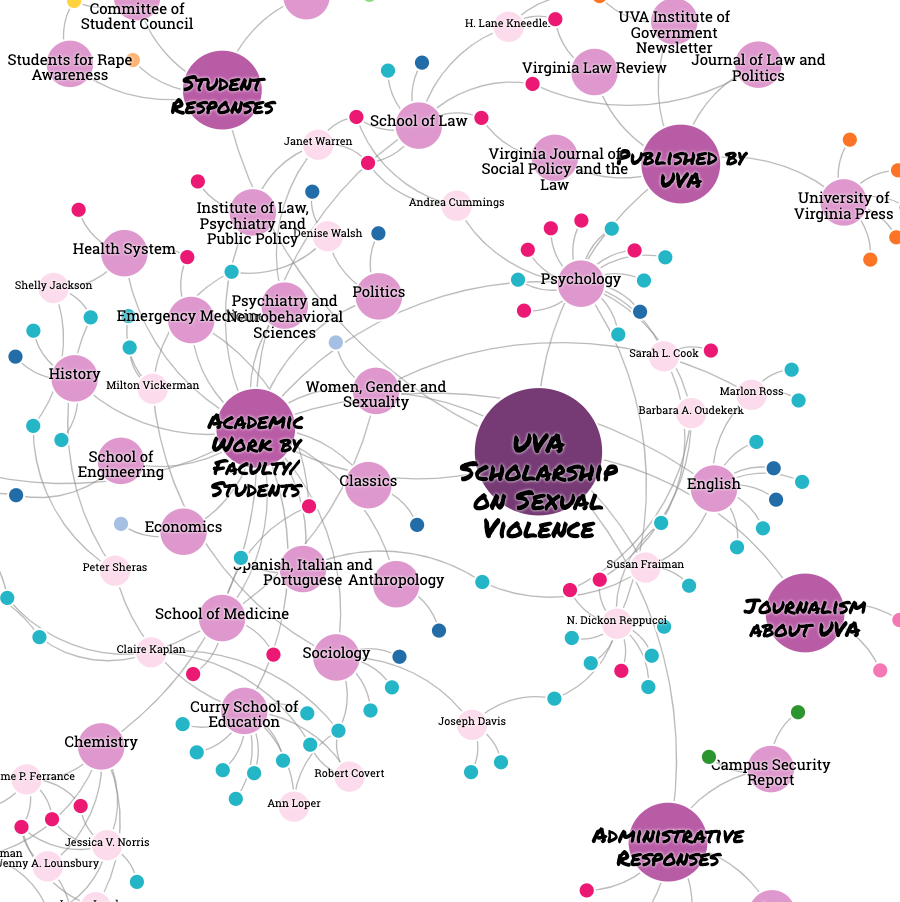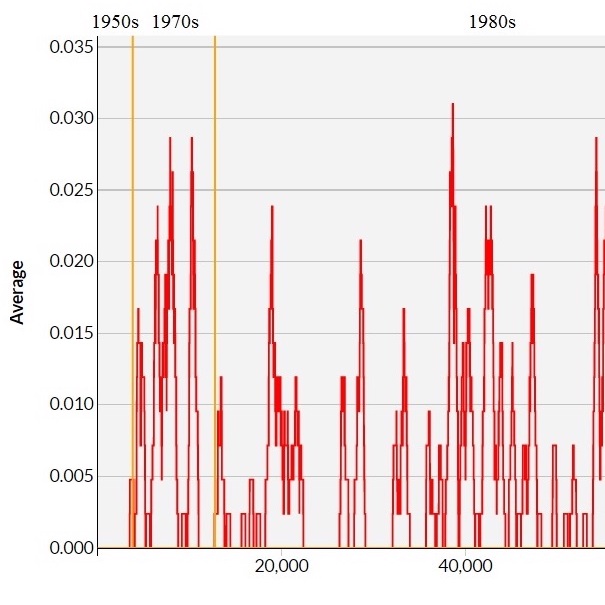Browse Exhibits
Administrative Timeline

UVA Scholarship on Sexual Violence: Mapping the Collection

#POSTERS: Events and Campaigns Relating to Sexual Violence at the University of Virginia

Created for Take Back the Archive, the #POSTERS exhibit showcases event and campaign posters related to sexual violence at the University of Virginia. Posters lend a visual dimension to the landscape of sexual violence, while drawing attention to efforts by the University community to combat sexual violence. Through the growth of social media, hashtags (#) have become a popular form of organization, so #POSTERS seeks to engage with popular culture tby utilizing hashtags to organize the exhibit. Some of the hashtags are ones that were actually used to publicize the events or campaigns featured, while others were created for the purpose of this exhibit. Once the viewer clicks on a poster, a larger version of the poster will appear with links to relevant articles and websites. Click around and enjoy exploring!
IRIS: The History of Feminist Publication

IRIS began in the fall of 1980 as a 12-page newsletter for the Women's Studies Program at UVA. It soon developed into a biannual 72-page journal for women across the country. Over the years, it has addressed topics ranging across a wide variety of women's issues, from pornography to women in southern culture, to rape, to racial identity. Nonetheless, it remains culturally engaged with relevant art, fiction, and poetry, representing a unique mixed mode which combines political publication with literary magazine.
The Language of Sexual Assault

A provocative way to understand evolving attitudes towards sexual violence is through the vicissitudes of the language people use to talk about it. This exhibit maps the frequency over time of key descriptive words and phrases pertaining to sexual violence, in The Cavalier Daily student newspaper. The changing occurrence of terms such as "survivor," "scandal," and even "rape" is often surprising and strongly suggestive of trends in thinking about sexual crimes, which tend ever more towards a humanistic focus upon their objects and an empirical focus on classification.